Language
The Puyanawa language belongs to the Pano linguistic family.
Among the Puyanawa, the first person to raise for the first time the need for linguistic preservation of the group was Railda Manaitá, who even without external support or educational material, tried to instil this value in the other Indians, through classes where the language was taught. For these classes, he created an alphabet, based on Portuguese, and made a list of words and phrases in the native language.
The Puyanawa language is called by its speakers Ûdikuî, “true language”. The number of active speakers was, at the time of the field survey (July 1990), twelve out of a population of 385 people. It is interesting to note that the children, who would be the perpetuators of the language, are monolingual in Portuguese, which generates a process of language obsolescence or the possible extinction of this valuable cultural heritage.
[Aldir Santos de Paula, 1992]
Language under threat
The Puyanawa language began to disappear around 1910, when the Indians were kidnapped and enslaved by order of Colonel Mâncio Agostinho Rodrigues Lima to work in rubber tapping and other services on his hacienda. The first disposition of the rubber tappers was the prohibition of the use of the indigenous language and the creation of a school for all the natives to learn Portuguese. Those who spoke Puyanawa were severely punished.
In the last decades, almost all speakers of the language, who were children at the time of contact, died. After slavery, the Indians were ashamed of the language, which was almost forgotten.
In 2009, of some 500 Puyanawa Indians, only three spoke Puyanawa: Railda Manaitá, 79, the only one fluent in the language; his brother, Luiz Manaitá, 85; and former chief Mario Puyanawa, 65.
Despite efforts to revive the language, the results are still limited: no student can maintain a dialogue in Puyanawa.
[Luiza Bandeira / Folha de Sao Paulo, 2009].
